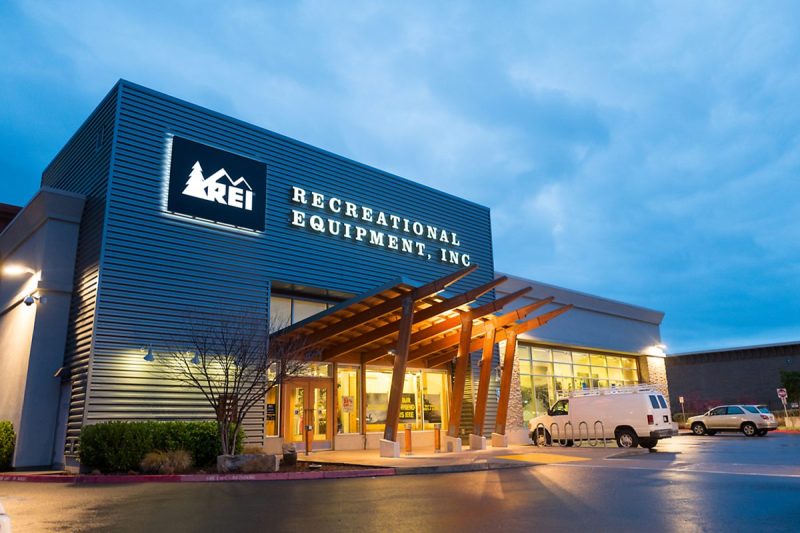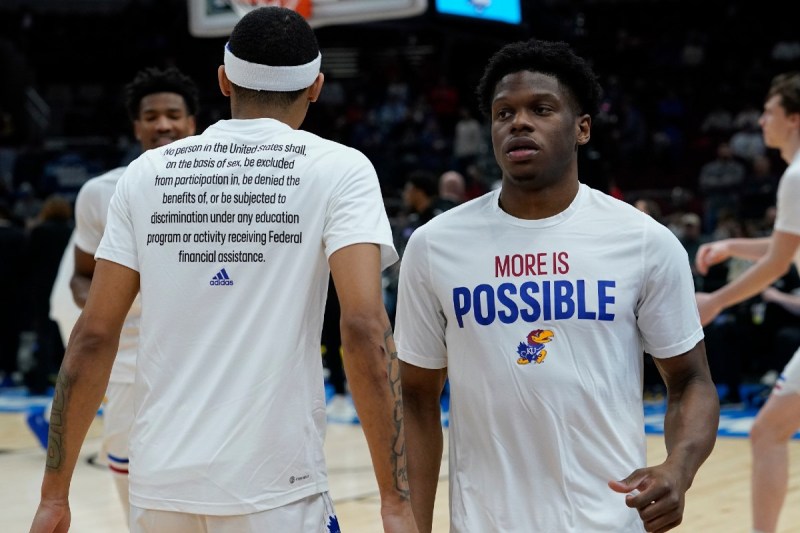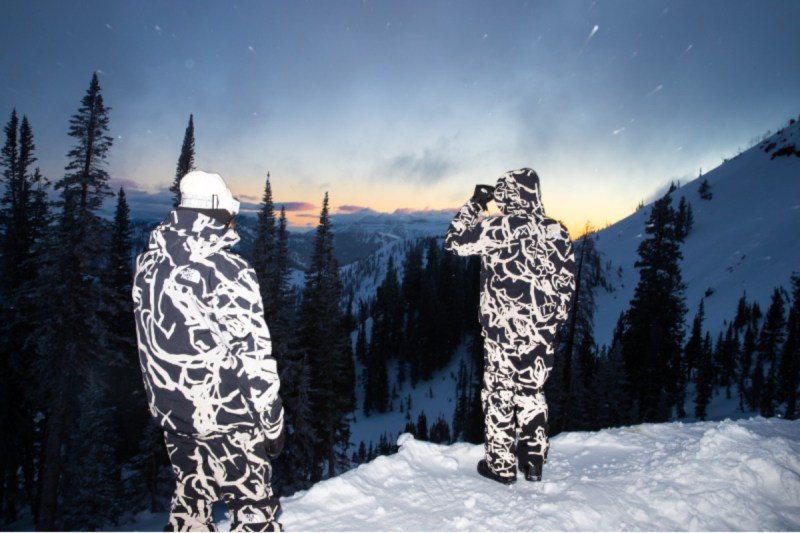On September 15, Patagonia founder Yvon Chouinard announced that he and his family are transferring 100% of the company’s voting stock to the Patagonia Purpose Trust and 100% of its non-voting stock to the Holdfast Collective, to ensure the company will keep its independence and direct all of profits to combat climate change now and in perpetuity. According to The Washington Post, Patagonia is worth about $3 billion right now and its annual profits donated could total $100 million every year.
“As we began to witness the extent of global warming and ecological destruction, and our own contribution to it, Patagonia committed to using our company to change the way business was done,” he wrote in a letter on the company’s website.
Hey, friends, we just gave our company to planet Earth. OK, it’s more nuanced than that, but we’re closed today to celebrate this new plan to save our one and only home. We’ll be back online tomorrow.https://t.co/fvRFDgOzVZ
— Patagonia (@patagonia) September 14, 2022
In the wake of this incredible gift to posterity, The Manual offers readers further inspiring sustainable clothing brands leading initiatives to forge a more sustainable environment. These eco-friendly promises work to ensure a natural world to be enjoyed by all future generations.
REI
This one should come as no surprise as the company known by its acronym (its full name is Recreational Equipment, Inc.) has focused its impact work at the intersection of people and planet for more than 80 years. In 2020, REI achieved carbon-neutrality in its operations and then upped its goals for the next three decades.

“The climate crisis is the greatest threat to the future of life outdoors and to REI’s business. The science is clear about what we, as a society, need to do to change that future. The world must halve its greenhouse gasses emissions by 2030, so that’s where REI – and the broader outdoor community – must lead,” REI co-op president and CEO Eric Artz said at the time. “Going forward, we’re embedding the impact of doing business, and the cost, into our business model.”
The co-ops three-pronged strategy concentrates on all three levels of its business: being a green business leader that innovates “to decouple economic growth from environmental impact,” focusing advocacy efforts on the government to adopt carbon-friendly initiatives, informing consumers of these efforts, and empowering them to make impactful choices when it comes to what they’re purchasing.
Nike
The world’s largest apparel company has made efforts in recent years to ensure the future of sport for all. At present, these efforts are encapsulated in its Move to Zero initiative.
Nike asserts that the company is now “driven by the belief that protecting the planet means protecting the future of sport against climate change.” Move to Zero works aims to minimize Nike’s environmental footprint and maximize avenues for the brand’s positive impact.

This commitment includes several goals, such as eliminating single-use plastics on Nike campuses worldwide and initiating dialogue with the global design community to combine material development programs. Nike claims that these efforts have resulted in diverting 6.4 billion plastic bottles from landfills since 2010 and launching renewable-energy-powered logistics centers.
Still, there are improvements to be made, according to the Good on You nonprofit platform rating conservation efforts. Its research asserts that Nike has more work to do in broadening the diversity of its supply chain, but has made sure that at least a small portion of those workers earn a living wage.
Adidas
The German-headquartered Adidas is also making major efforts toward reducing its climate impact. On its website, Adidas describes its commitment to achieving climate neutrality across its own operations by 2025. The apparel firm elevates this aim with a commitment to reduce greenhouse gas emissions across its entire value chain (all of the elements and people necessary to create its product) by 30% by 2030. This will pave the way for achieving climate neutrality by 2050.

Adidas is also working as a leader in its industry to support global initiatives driving change in the athletic apparel industry. This includes agreements like the 2018 Fashion Pact and the UN Fashion Industry Charter for Climate Action, which has the same 2050 carbon-neutral goal.
Like Nike, Good on You posits that Adidas has to do more to achieve transparency with its suppliers to ensure a well-paid and supported labor force and an animal-conscious welfare policy.
The North Face
Like many of its competitors, The North Face realizes that the future of its sport is inextricably aligned with the future of this planet. The North Face athletes travel to some of the world’s most remote places and witness firsthand melting glaciers, receding permafrost, and climate-related disasters like superstorms and floods.
To help reduce and mitigate climate change, the outdoor apparel firm is dedicated to several initiatives. This includes a goal to source all of its products with “recycled, regenerative or responsibly-sourced renewable fabrics” by 2030, establishing circularity to develop reused products and materials to keep its products out of the waste stream, and eliminating single-use packaging by 2025. And like its competitors, The North Face is working as an industry leader with peer businesses and governments, allying together with commitments to reduce carbon emissions.

“The North Face is committed to reducing its carbon footprint. From the solar installations at our facilities to the energy saving practices in our textile mills, we are constantly looking for ways to reduce our impact. It is more than ‘doing the right thing’ – it is our brand heritage,” alpinist and The North Face athlete Conrad Anker said on its website.
Outerknown
This wouldn’t be a proper piece on sustainable clothing companies without mention of surfing uber star Kelly Slater’s clothing company, Outerknown. Not only is the company driving change, but it was also founded with sustainability specifically in mind. This applies both to Outerknown threads and the people that make them.
The clothes company’s sustainability plan clearly lays out the strategies Outerknown is applying to become fully circular by 2030 (circular referring to reducing or eliminating the need for virgin resources in production with products designed to live beyond the end of their life cycles). In addition, Outerknown champions fair labor and aspires to lead its industry in sustainable innovation. Its pieces are designed and created from regenerative and/or recycled materials and Outerknown conspicuously advances garment worker rights to improve the livelihoods of the people who make up its supply chain. Outerknown is fully transparent about these suppliers, instituting partnership and worker-inspired programs to uplift their lives. The firm even grades itself on its progress and plans to publish this progress report. Until then, you’ll have to settle for watching Slater surf in jeans.
While carbon neutrality remains a future goal, it is no longer a distant dream because of the combined efforts of many business leaders. As people, companies, and businesses continue to further acknowledge their impact upon the Earth and, in turn, respond with positive initiatives, it will not only help to assure continuing profits, but help to protect the people producing goods, and preserve the diverse wild places that this great green, brown and blue globe offers.



